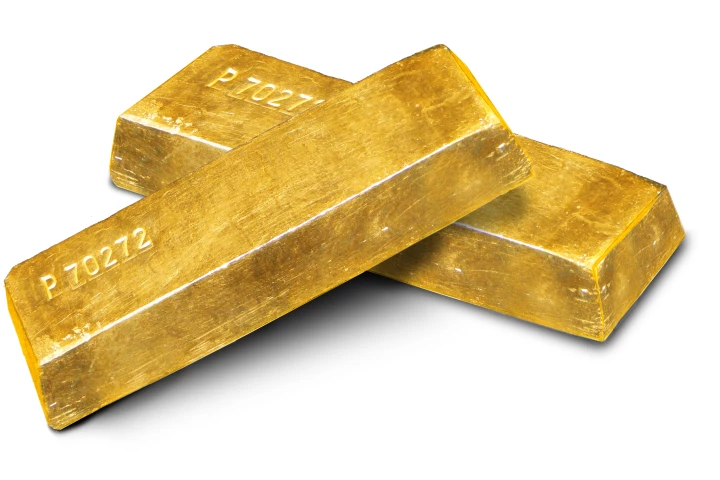Imagine how limiting it would be if steel, wood or plastic only existed in the form of thin sheets. Well, that’s been the case so far when it comes to graphene. While its incredible strength and high conductivity make it very useful in things like semiconductors, batteries and solar cells, there’s no doubt that it would be even more useful if it could be produced in three-dimensional blocks. Scientists at Australia’s Monash University have now managed to do just that – by copying the structure of cork.
Graphene itself takes the form of a one-atom-thick sheet of carbon atoms linked in a hexagonal pattern. According to lead researcher Prof. Dan Li, 3D structures assembled from those one-dimensional sheets have tended to be brittle. Cork, on the other hand, is a three-dimensional material that’s known for both its strength and elasticity. Li’s team observed that while the fibers in cork cell walls are closely-packed for maximum strength, the individual cells are linked in a honeycomb structure, which allows the material to stretch and contract.
Employing a process known as freeze casting, the scientists were able to replicate those qualities in 3D blocks made of chemically-modified graphene. Not only were those blocks very electrically-conductive, but they were also lighter than air, could support 50,000 times their own weight, and were elastic to the point of being able to recover from over 80 percent deformation.

“We've been able to effectively preserve the extraordinary qualities of graphene in an elastic 3D form, which paves the way for investigations of new uses of graphene – from aerospace to tissue engineering,” said Li.
A paper on the research was published this week in the journal Nature Communications.
Source: Monash University




